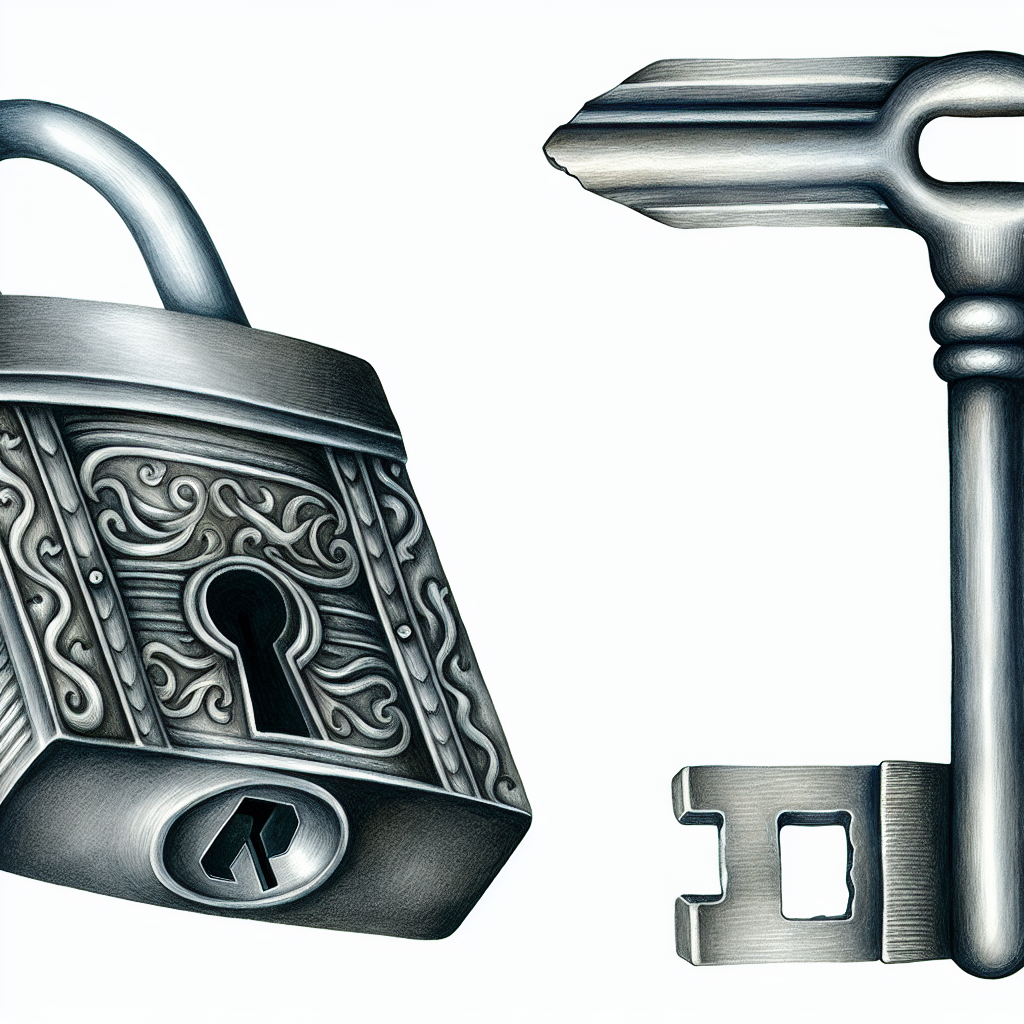In today's digital age, cybersecurity is more important than ever. One method that has gained popularity for enhancing security measures is Two-factor Authentication (2FA). This article will explore the technical and non-technical definitions of 2FA to help readers understand how this extra layer of security can protect their online accounts and sensitive information. Whether you're a tech-savvy individual or someone who prefers a simpler explanation, this article has something for everyone looking to bolster their online security.
1. Section 1: Understanding Two-factor Authentication (2FA) from a Technical Perspective
Two-factor Authentication (2FA) is a security process in which a user provides two different authentication factors to verify their identity. The first factor is typically something the user knows, such as a password or PIN, while the second factor is something the user possesses, such as a smartphone or token.
From a technical perspective, Two-factor Authentication adds an extra layer of security by requiring users to provide two different types of information before granting access to a system or account. This significantly reduces the risk of unauthorized access, as even if a hacker manages to obtain one factor (such as a password), they would still need the second factor to gain entry.
Two-factor Authentication can be implemented in various ways, such as through text messages, authentication apps, biometric verification, or hardware tokens. Each method has its own strengths and weaknesses, but they all serve the same purpose of enhancing security by requiring multiple forms of verification.
Overall, Two-factor Authentication is a crucial tool in protecting sensitive information and preventing unauthorized access to accounts or systems. By requiring users to provide two different authentication factors, organizations can significantly reduce the risk of data breaches and unauthorized access.
2. Section 2: Breaking Down Two-factor Authentication (2FA) in Layman's Terms
Two-factor Authentication (2FA) is a security measure designed to add an extra layer of protection to your online accounts. In simple terms, it requires you to provide two different forms of identification in order to access your account. This typically involves something you know (like a password) and something you have (like a code sent to your phone). By requiring both of these factors, 2FA makes it much harder for hackers to gain unauthorized access to your accounts.
In essence, 2FA acts as a double lock on your digital doors, ensuring that even if someone manages to steal your password, they still won't be able to get in without the second form of verification. This extra step may seem like a hassle at first, but it's a small price to pay for the added security it provides. With cyber threats becoming increasingly sophisticated, implementing 2FA is a crucial step in safeguarding your personal information and keeping your accounts secure.

